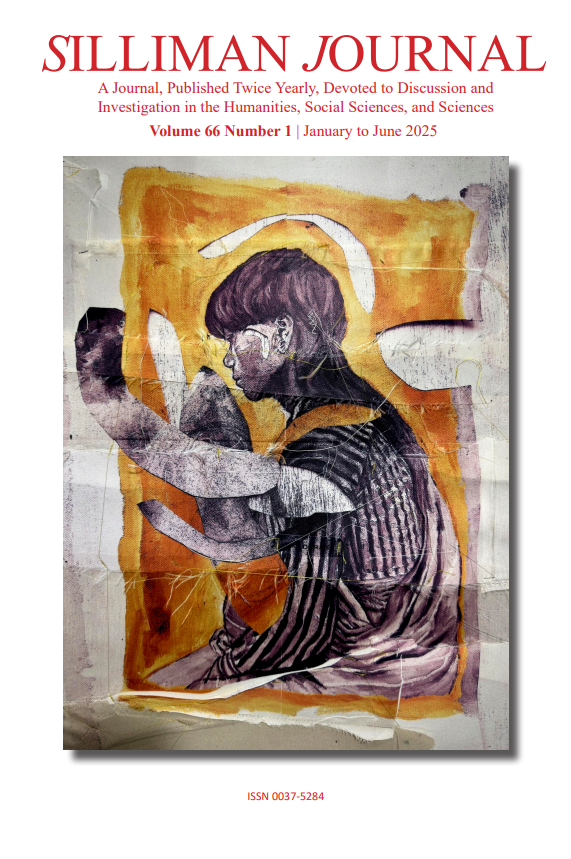The Emergence of Hardiness: The Hoodlums and Gangs in Tondo, Manila from 1960 to1980
Abstract
The geographical conditions of Tondo and the social network coverage demonstrated by the gangs would understandably influence behavior. Much has been written about the emerging problems accompanying rapid economic growth and the spread of poverty, criminality, financial stability, and the worsening condition of society and humankind; however, there have been relatively few studies about the cause of deviance and the unsavory reputation attached to the Tondoeños. This study examines the intricate interplay among migration patterns, gang proliferation, and the urban development of Tondo. To provide context, the discussion of sub-topics like geography is presented to elucidate the concentration of settlers in Tondo's streets and establish its connection to the emergence of concentrated groups of hoodlums and the formation of gang communities. Moreover, society is a type of association that enables individual members to cooperate to achieve objectives as a collective, which cannot be achieved by independent individual action. In the context of Manila's Tondo district, this theory helps us understand how societal conditions have shaped the development of events, situations, and phenomena, particularly about the survival strategies of its inhabitants vis-à-vis understanding the locale of Tondo as a slum and a marginalized area. This study argues that gangs are integrated into the social fabric of the community, a presence frequently characterized by fear (local term: nakakatakot) stemming from their activities in various parts of Tondo. This social behavior is typically connected to economic activity and the concentration of settlers in the community. The significance of the 1960s, the post-war market, is that social and human activity changed


